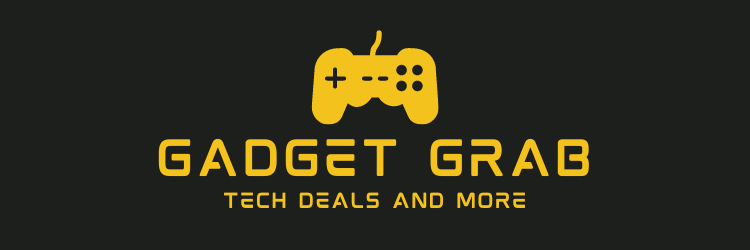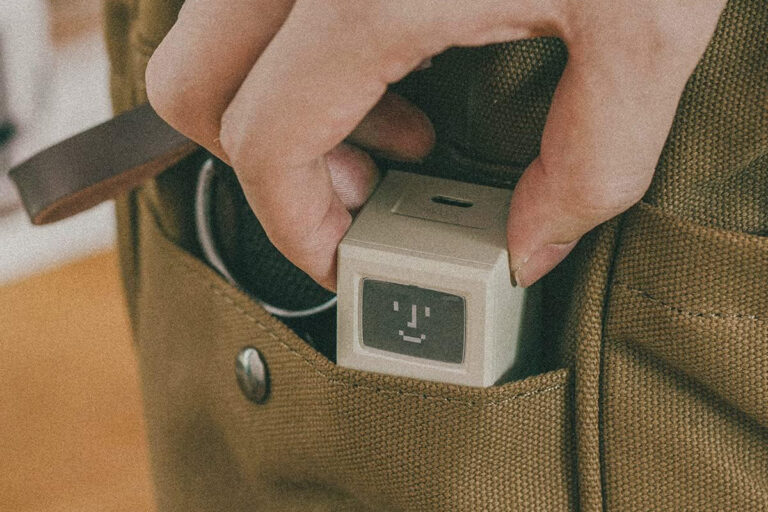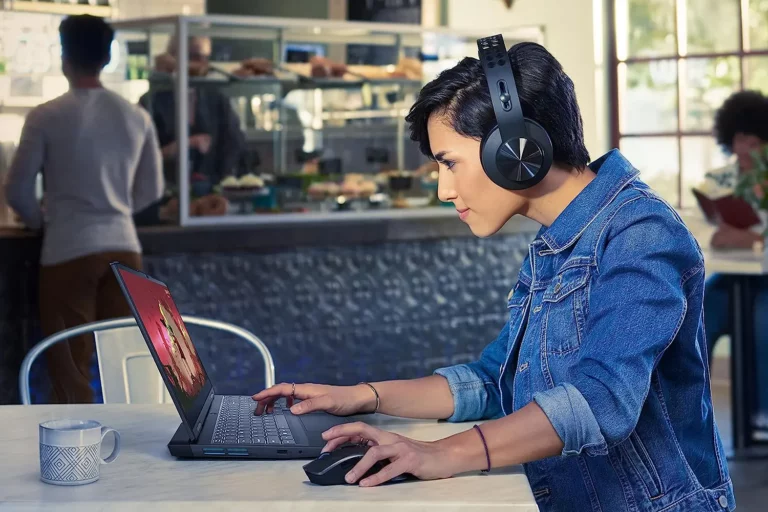With the rising popularity of gaming handhelds, the internet has been abuzz with talk of emulation lately. Game emulation used to be something only computer experts did. Now it’s gone mainstream, letting anyone play classic games on new devices. Whether you want to replay childhood favorites or try games you missed, emulation makes it easy to access gaming history.
You don’t need to collect old cartridges or hunt down rare hardware. All you need is a device, a bit of setup, and a little patience. But the wide world of emulation can seem daunting to newbies, and there’s some legal stuff to be aware of. Worry not: We’ve got everything you need to know, including how to get started with emulation, right here.
The Gadget Grab team does not endorse or encourage digital piracy. It is your responsibility to ensure you are in compliance with all national and international copyright laws and regulations.
What is game emulation?
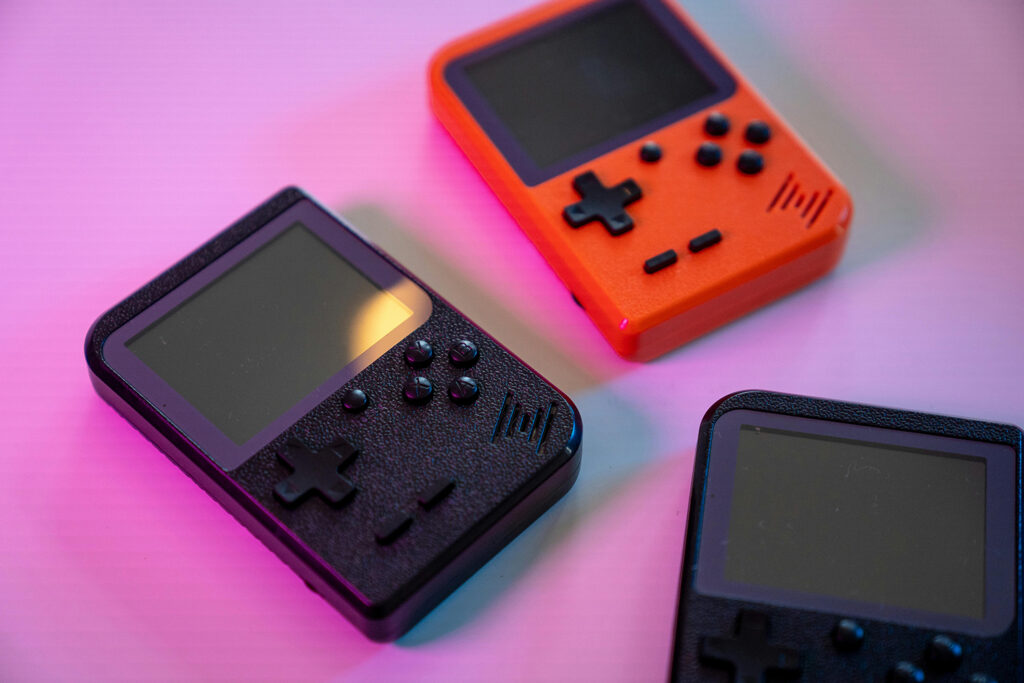
Emulation means making one computer act like another computer. For gaming, this means using software to copy how old game consoles worked. Think of an emulator as a translator that takes old game code and makes it work on your phone, computer, or handheld device.
Here’s how it works: Developers study old gaming systems to understand exactly how they processed games. Then they write new software that does the same thing. When done right, emulation can match the original experience. Sometimes it’s even better because you can add features like saving anywhere or making graphics look sharper.
Modern emulation covers tons of systems. Simple consoles like the Game Boy can run on almost anything. Complex systems like the PlayStation 3 need powerful hardware and years of development work to emulate properly.
Understanding the legal side
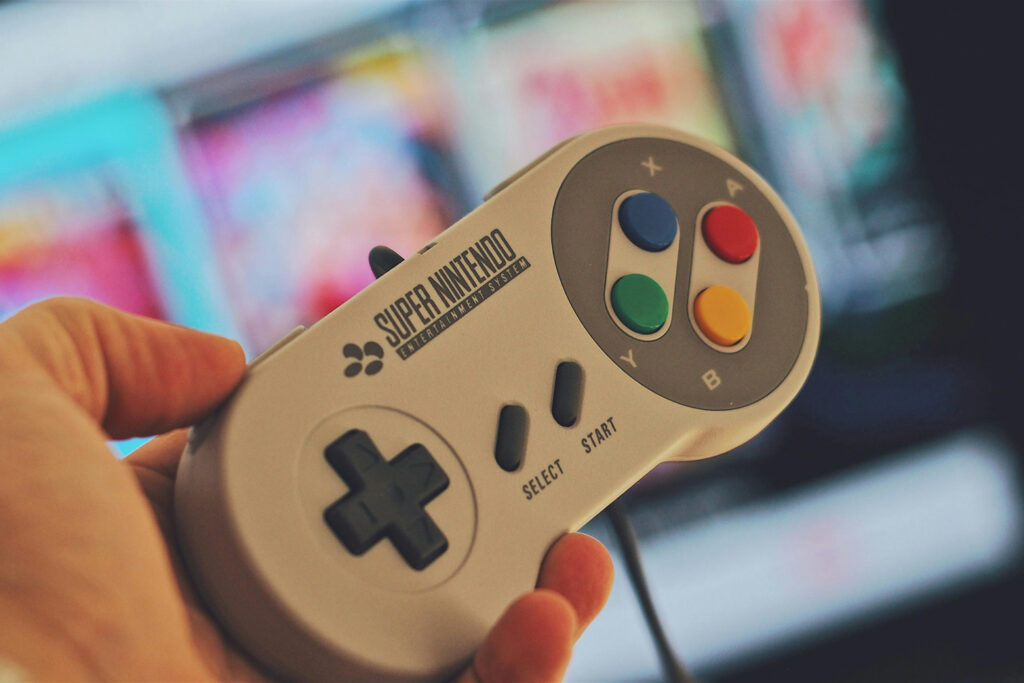
The legal parts of emulation confuse many people. That’s because there are different laws about copying software and owning games. Let’s break down what’s legal and what isn’t.
The emulation software itself is completely legal. Courts proved this in the late 1990s when Sony tried to sue a company making PlayStation emulators. The courts said creating software to copy hardware functions is totally fine, especially when you figure it out yourself instead of stealing code.
The tricky part comes with game files (called ROMs) and system files (called BIOS). These contain copyrighted material, which makes things complicated.
BIOS files are the first problem. Many old systems need special system files to work right. Some emulators use free alternatives, but others need the original files from real hardware. Downloading these files online usually breaks copyright law. But copying them from hardware you own is probably okay.
Game ROMs are the biggest gray area. “Fair use is a fuzzy standard, not a rule,” as legal experts say. Downloading game files from the internet is technically illegal. But no regular person has ever been arrested for it. The “24-hour rule” you might have heard (that you can download games for 24 hours if you own them) isn’t real law.
There are legal ways to get games, though. Many classic games are sold digitally now. Fan-made games and modified versions of games are usually fine. Some developers have made their old games free.
The safest approach is only using games you legally own. Buy digital re-releases, get official collections, or make your own backup files from games you physically own. Even making backups exists in a legal gray area, however.
Best emulation hardware: Finding your perfect device
The handheld emulation market has exploded recently. You can find options from cheap handhelds to expensive gaming powerhouses. Your choice depends on which games you want to play, your budget, and whether you need something portable.
Budget options: Under $100
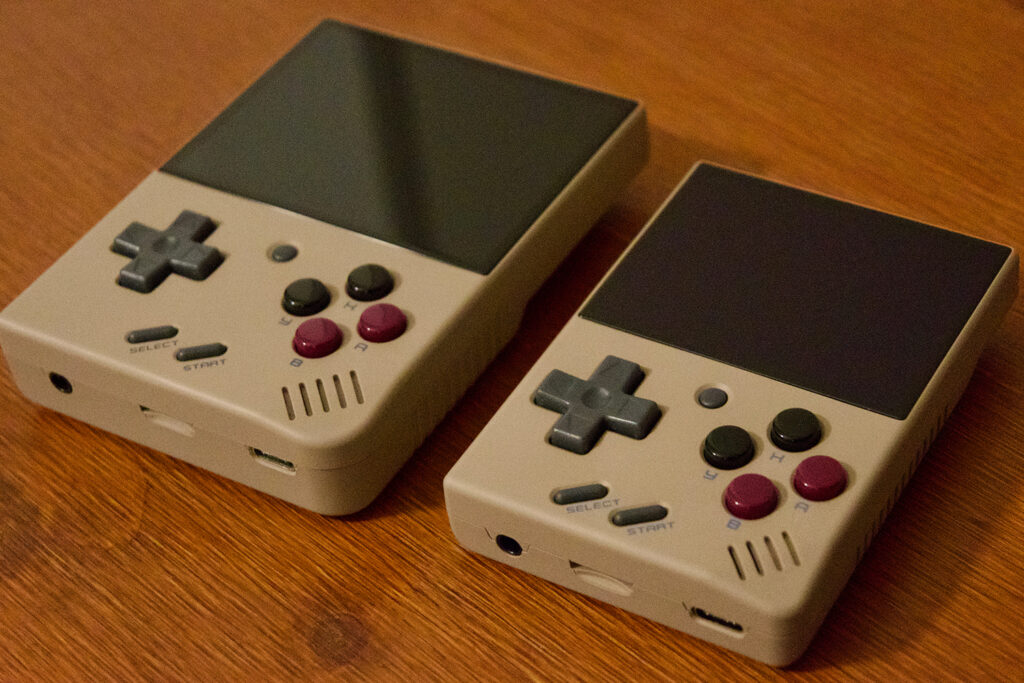
The Miyoo Mini, and its larger sibling, the Miyoo Mini Plus, are perfect for people new to handheld emulation. The Miyoo Mini is “a great handheld for first time buyers” and handles everything from old Nintendo games to PlayStation 1 perfectly. It’s small enough to actually fit in your pocket, and the price won’t break the bank. For the best software experience, we strongly recommend installing Onion OS.
This device plays 8-bit and 16-bit games flawlessly. Game Boy Advance and original PlayStation games also run great. It can even handle some Nintendo DS, at least for games that don’t really require stylus functionality or both screens at the same time. The community constantly updates the software with new features. The downside is that more demanding systems like N64, PlayStation Portable, or Dreamcast are too much for this handheld.
There are plenty of other options, so do your own research. However, our other top recommendation other than the Miyoo Mini is the TrimUI Brick. This device offers similar power in a different shape, along with great build quality and an even better 720p display. It offers slightly better performance and bigger battery than the Miyoo Mini for around the same price.
Mid-range power: $100-250
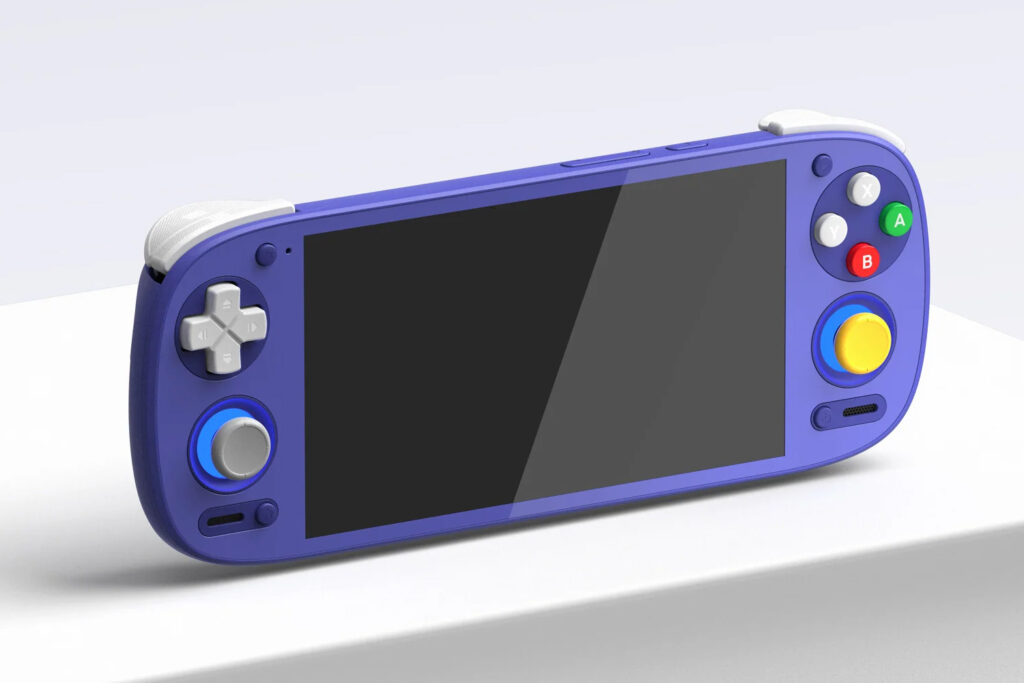
There are higher-end emulation devices as well. Arguably the best among them currently is the Retroid Pocket 5, which brings Android’s flexibility to handheld gaming. The Retroid Pocket 5 uses the MediaTek Qualcomm Snapdragon 865 processor, which handles advanced emulation extremely well.
This device excels at sixth-generation console games, running GameCube, PlayStation 2, and PSP games smoothly. Since it runs Android, you can install regular emulation apps and even download other apps and games from the Google Play Store. This makes the Retroid Pocket 5 a versatile handheld that can run everything from old arcade games to new Android games.
The downside is complexity. Android handhelds take more setup than simpler alternatives. Battery life also suffers because the powerful processors use more energy. It’s also larger, making it more of a “bag device” than a pocket handheld. There are many other (and cheaper) options, too, including the last-gen Retroid Pocket 4. Again, don’t hesitate to do some research and shop around.
Premium options: $300-$500 (and up)
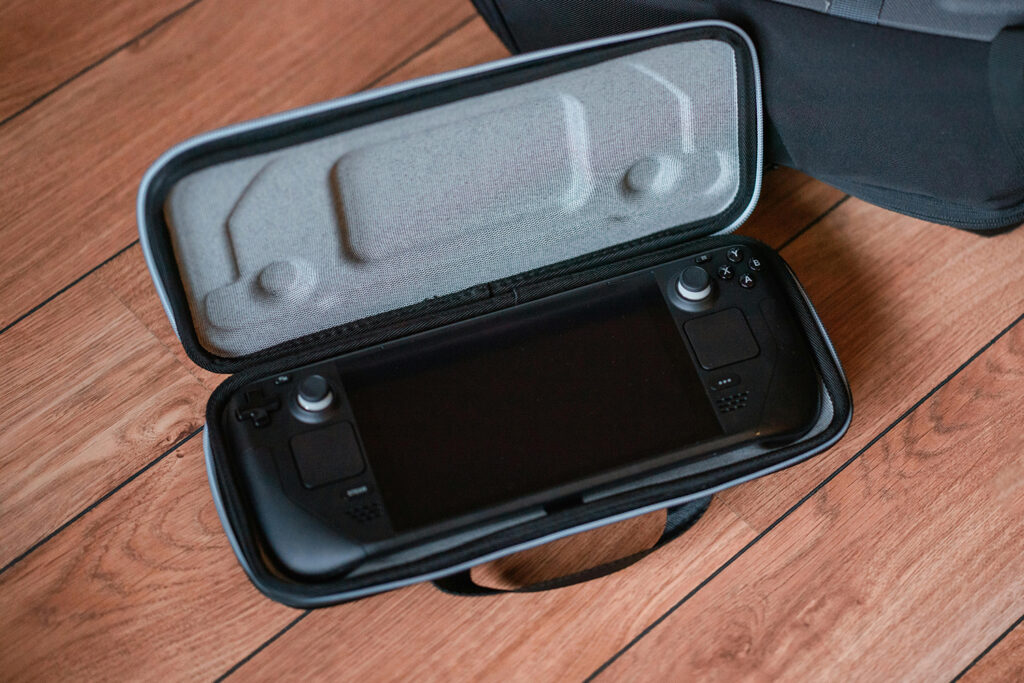
High-end devices like the Steam Deck or AYN Odin 2 can emulate even PlayStation 3 and Xbox 360 games. These cost much more but offer desktop computer performance in portable form. And of course, a gaming handheld like the Steam Deck gives you access to any compatible PC games that are optimized for the device.
For home gaming, regular computers or even custom Raspberry Pi setups work great. Desktop emulation lets you use multiple controllers, play on big screens, and manage files easier. You lose portability, though.
Software basics: Emulators and interfaces
Picking the right emulator software makes a huge difference. Each game system usually has multiple emulator choices. Different projects focus on accuracy, speed, or extra features.
RetroArch deserves special mention as an all-in-one solution. Instead of separate emulators for each system, RetroArch uses “cores” (individual emulator engines) in one program. This gives you consistent controls and features across all systems. The interface can feel overwhelming for beginners, but it’s not hard to learn. Many former standalone emulators are now managed primarily as RetroArch cores.
Individual emulators often work better for specific systems. Projects like PCSX2 for PlayStation 2, Dolphin for GameCube/Wii, or Drastic for the Nintendo DS focus only on their target systems. This typically means better compatibility and more features.
Frontend software like EmulationStation or LaunchBox creates attractive menus for your game collections. These programs add cover art, videos, and game information. They turn folders full of game files into polished gaming experiences that look professional.
Getting started: Your first steps
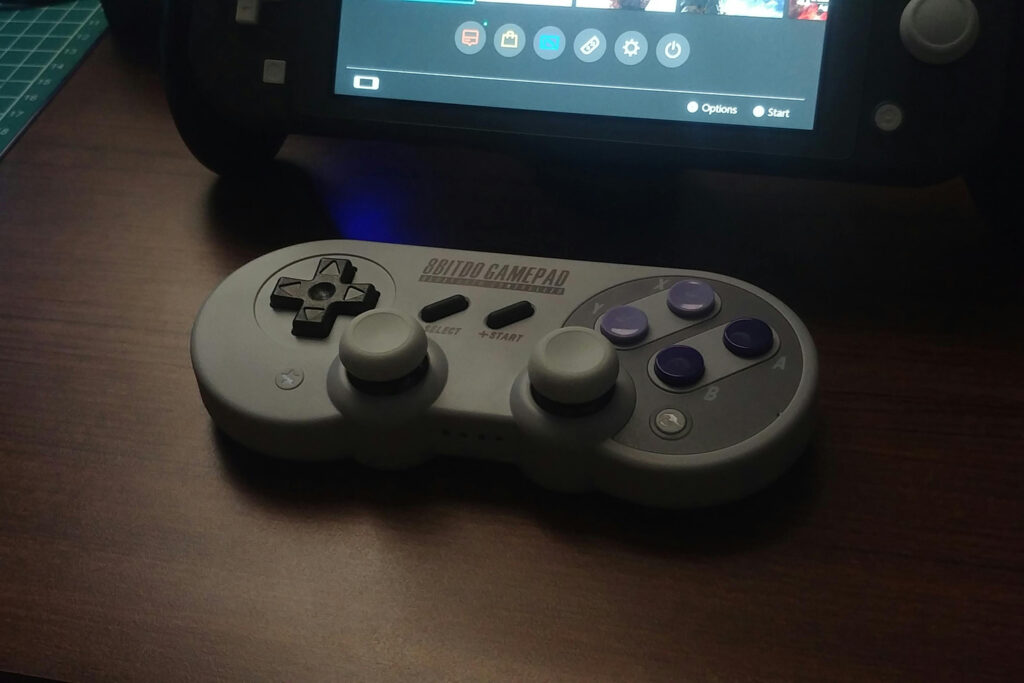
You don’t need to buy hardware right away to try emulation. Modern computers can handle older game systems, making computer emulation a great way to experiment first. Just know, before you get started, that setting all this up does require a minimum of computing know-how. You should know how to download and extract files and move them from your PC to your microSD card(s), and how to reformat those SD cards if necessary. You shouldn’t need any special software for these tasks. However, we recommend 7zip as the best free program for extracting zip files.
With that out of the way, here’s how to get started emulating games:
Pick systems based on games you like. If you love platformers and RPGs, 16-bit systems like the Super Nintendo have amazing game libraries. Fighting game fans might want arcade emulation or systems like Neo Geo. People interested in early 3D games should try original PlayStation or Nintendo 64 emulation.
Start simple and work up. Even emulation experts often return to classic 8-bit and 16-bit systems because they’re easy to pick up and play. These older systems also have the most developed emulation, meaning fewer technical problems.
Budget for memory cards and accessories. Most handheld devices need high-capacity microSD cards to store games. Good USB-C cables, screen protectors, and cases make the experience better while protecting your device.
Join the community. Emulation communities on Reddit, Discord, and forums provide great help with troubleshooting, game recommendations, and finding hidden gems you might have missed.
Emulation: The future of game preservation
Emulation plays a crucial role in keeping old games available. As original hardware breaks down and becomes rare, emulation might be the only way to play many classic games. Lots of great games aren’t sold anywhere officially, making emulation the only practical option.
New technology like FPGA devices offers different approaches to emulation. Instead of software translation, these recreate original hardware at the chip level. Products like the Analogue Pocket provide perfect accuracy while adding modern features like save states and HD video output.
Cloud gaming and official re-releases keep expanding legal access to classic games. But emulation remains essential for preserving all of gaming history, including fan-made games, modified versions, and titles that might never get official re-releases.
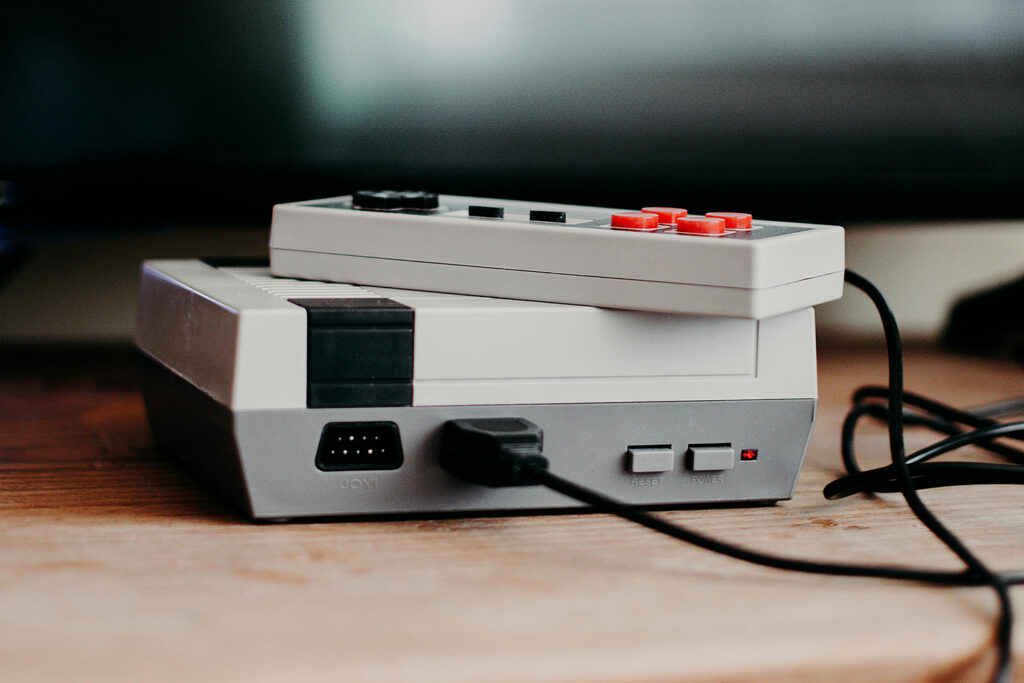
Enjoying gaming’s past (and future)
Game emulation is about more than just playing old games on new hardware. It’s about preserving and celebrating the amazing history of video games. Whether you’re showing kids the games that shaped your childhood or discovering classics for the first time, emulation opens doors to decades of gaming history.
Today’s options work for every budget and need. By understanding the legal considerations and starting with systems that match your interests, you can build an emulation setup that provides years of gaming fun while respecting the original developers’ work.
As gaming hardware keeps evolving and original systems become harder to find, emulation ensures future generations can experience the games that defined each era. By preserving gaming’s past, we’re also investing in its future.
